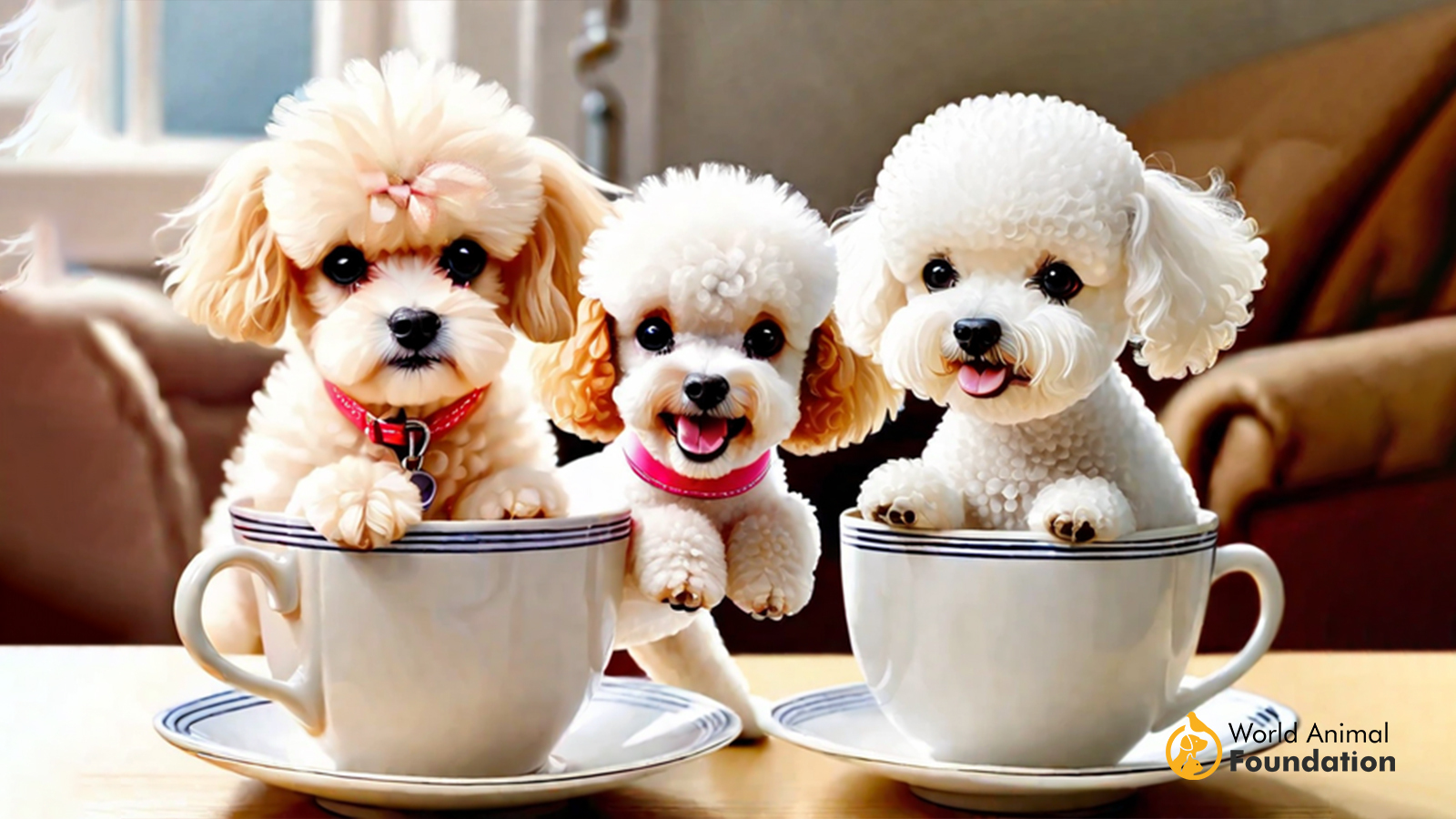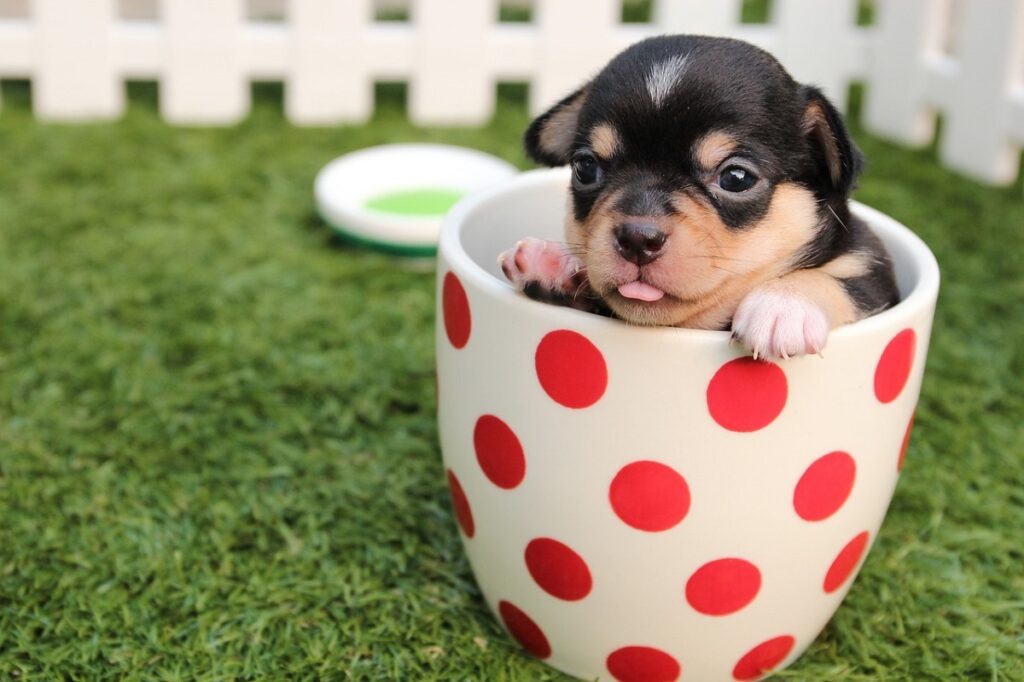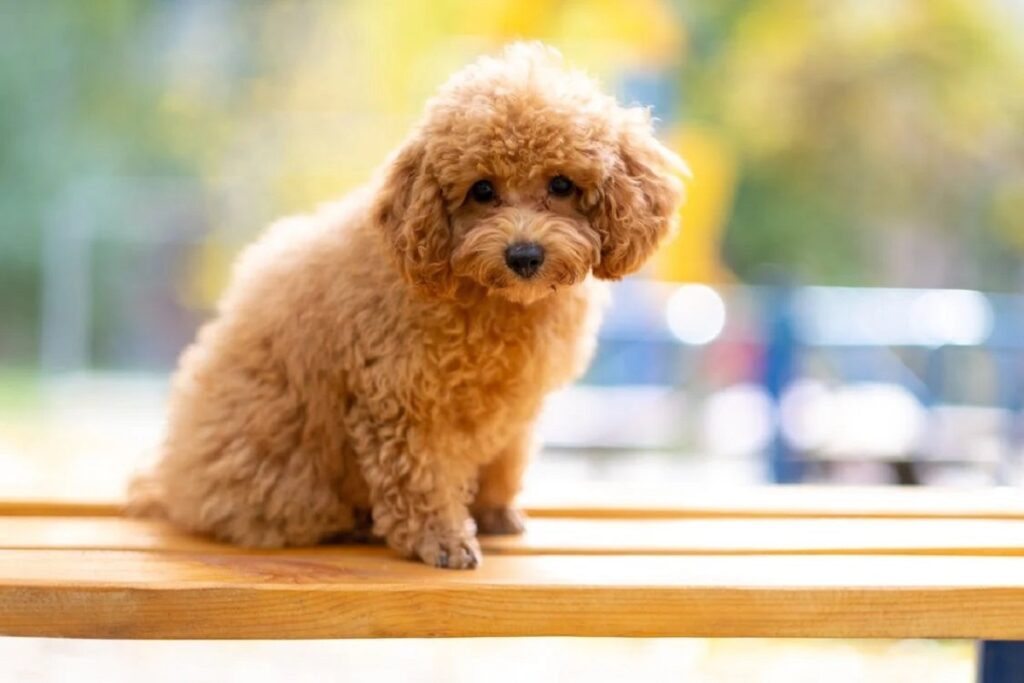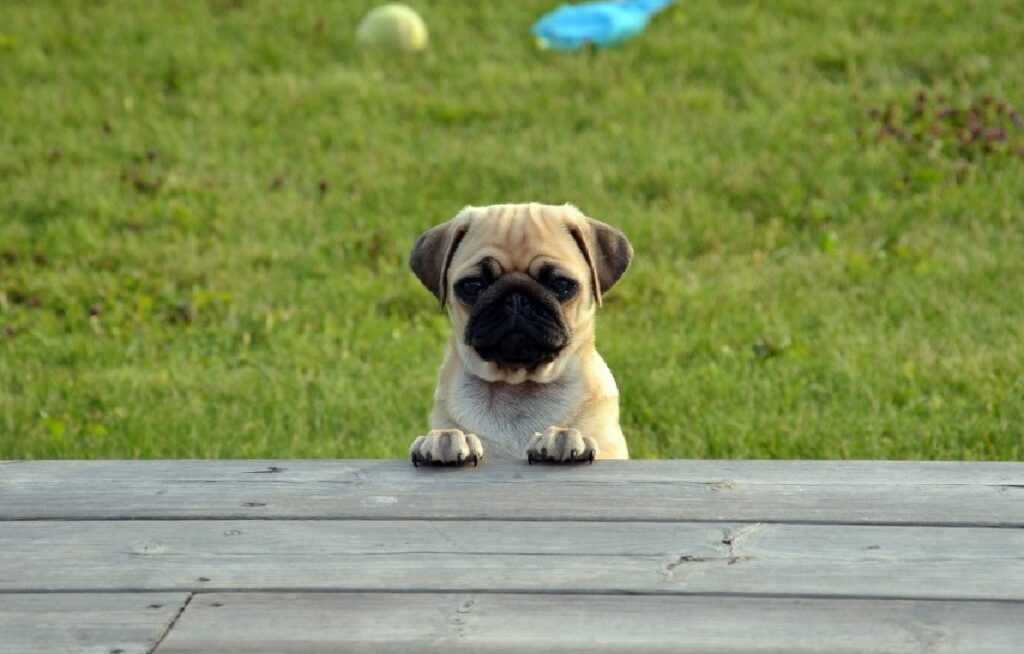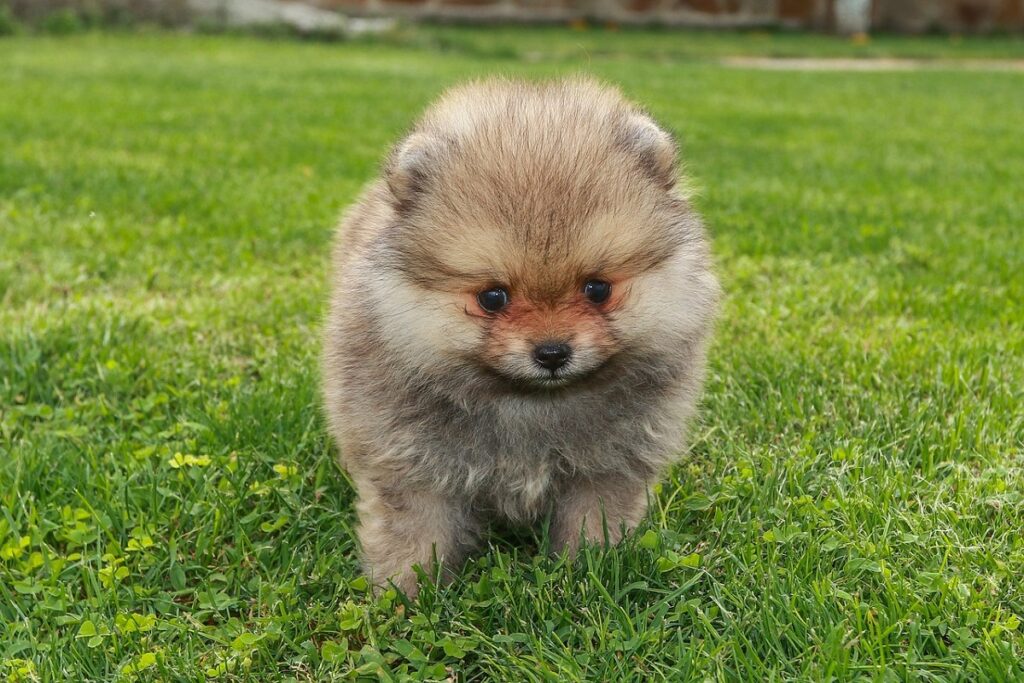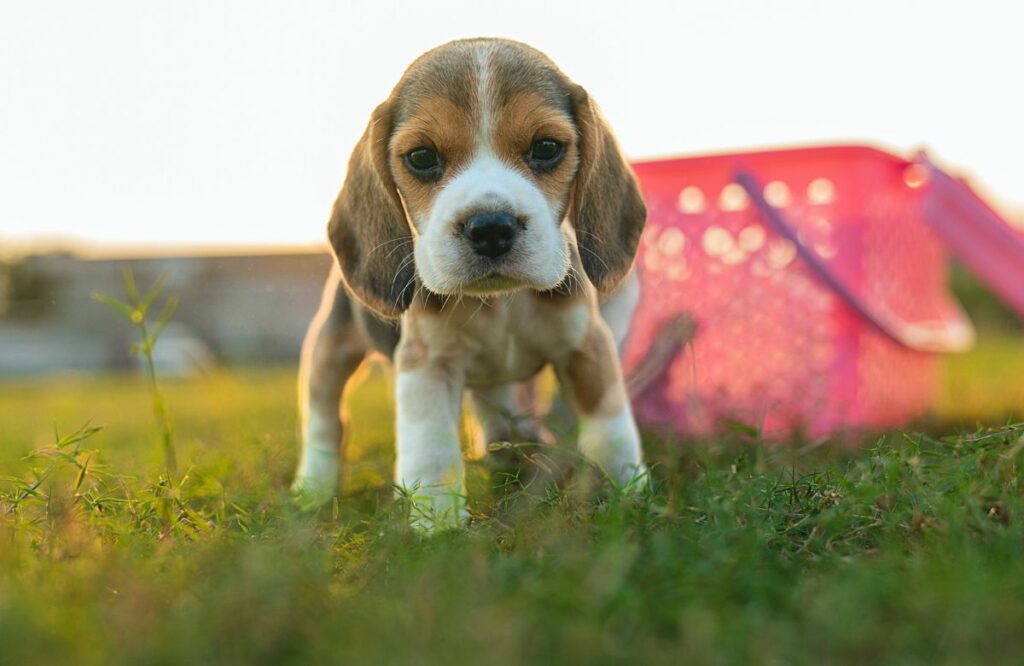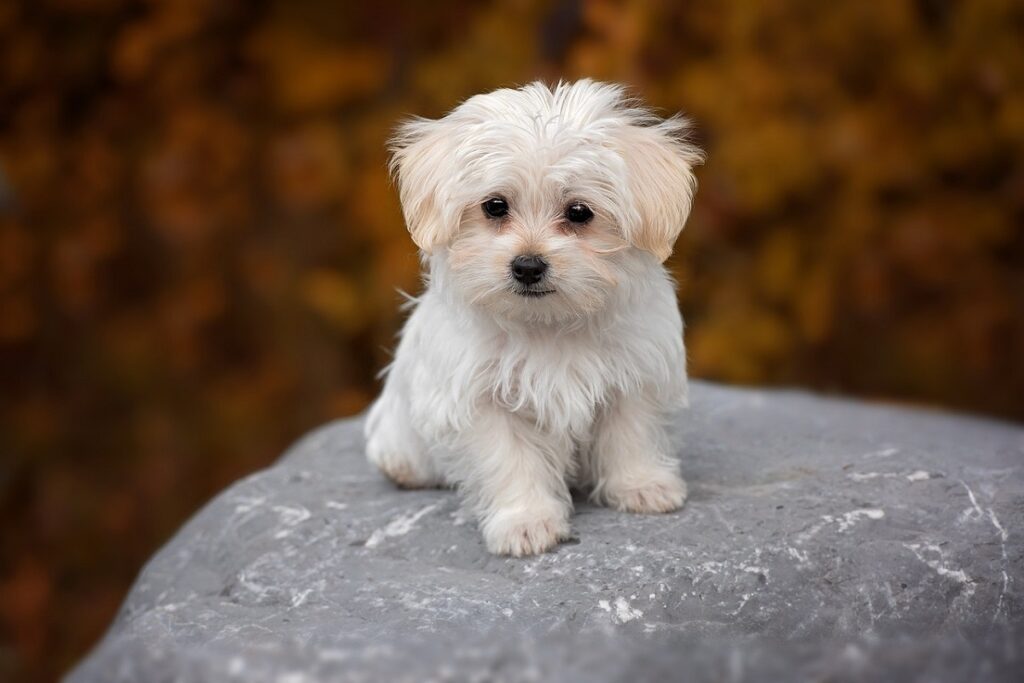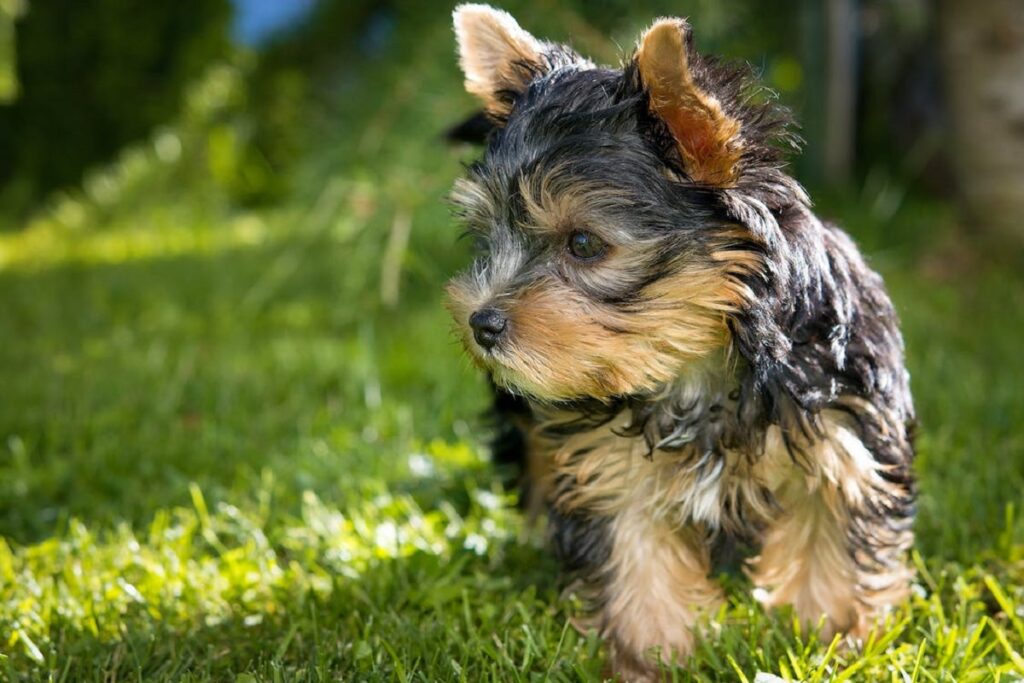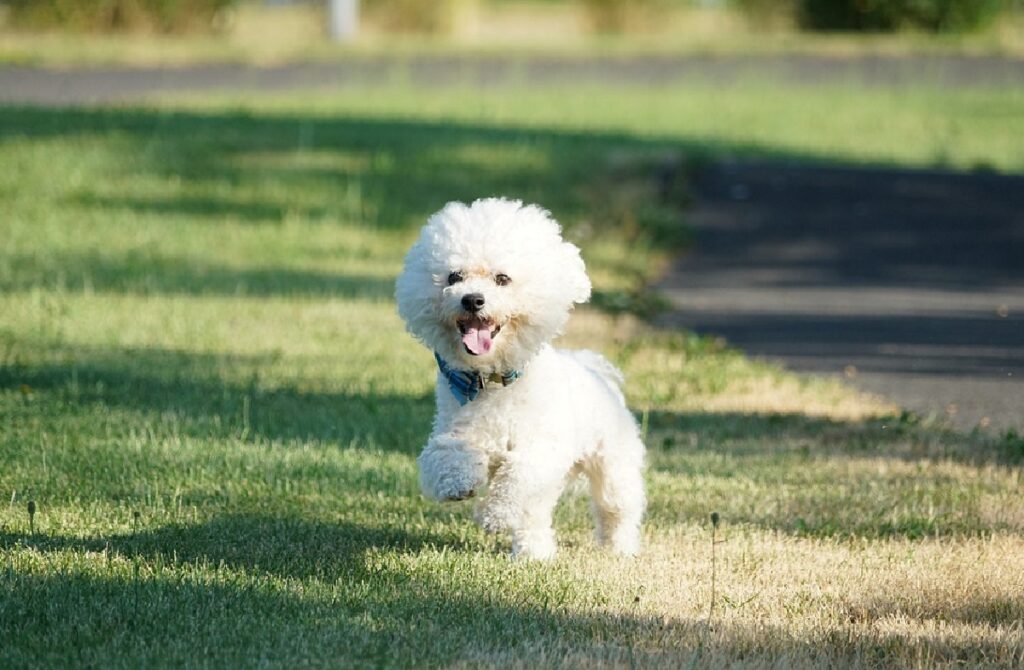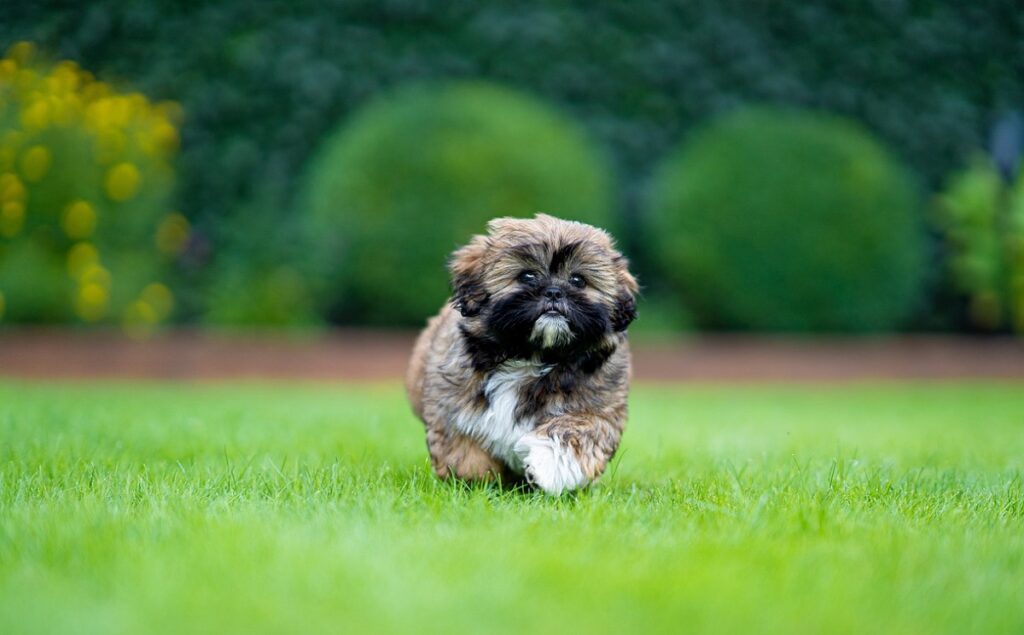Prepare for a dose of irresistible cuteness! We’re diving into the world of teacup dog breeds, those pint-sized pups with personalities as big as their hearts (and sometimes bigger than their tiny legs!). From fluffy clouds of fur to sleek and sophisticated mini-companions, these nine charming breeds are guaranteed to steal the show wherever they go. Get ready to “aww” over their adorable antics and discover which pocket-sized pal might be the perfect fit for your life.
Ever seen a pup in a cup? There are some dogs tiny enough to be one – Teacup dogs. They’re not breeds in their own right but are small versions of the actual breed. And before you think all of them are just yappy dogs that don’t do anything but sit around, we’ve got some eye-opening information that might change your mind.
You may have heard of a teacup Chihuahua, but that’s not the only dog that can boast about its itty-bitty size. There are several breeds used to develop these tiny ones.
People love the idea of getting a dog you don’t need to walk around the block or groom incessantly… Without thinking, “How can I take loving care of this creature?” There’s lots more to be said. So let’s get into it.
What Is a Teacup Dog?
Ever seen a pup in a cup? There are some dogs tiny enough to be one – Teacup dogs. They’re not breeds in their own right but are small versions of the actual breed. And before you think all of them are just yappy dogs that don’t do anything but sit around, we’ve got some eye-opening information that might change your mind.
You may have heard of a teacup Chihuahua, but that’s not the only dog that can boast about its itty-bitty size. There are several breeds used to develop these tiny ones.
People love the idea of getting a dog you don’t need to walk around the block or groom incessantly… Without thinking, “How can I take loving care of this creature?” There’s lots more to be said. So let’s get into it.
Teacup Dog Breeds
Now, let’s step into the enchanting world of Teacup Dog Breeds, where petite size meets oversized personality in the cutest way possible!
1. Chihuahua
| Group | Toy (AKC) |
| Height | 4”-6” |
| Weight | 2-4 lbs. |
| Fur & color | Double-coated – Black, chocolate, tan, red, fawn, cream |
| Lifespan | 7-12 yrs. |
The Chihuahua wins!… They’re the smallest dog in the world. Can they be stubborn and willful? Yes, they can. But all the good stuff about them trumps that.
I had a Chihuahua named Brave. He was my 4-year-old daughter’s best friend. They were adorable together. Not saying these little dogs are great with small kids because sometimes they don’t understand tail grabs. I am saying they’re loving and want to be loved just as much.
Start socializing them immediately as puppies so they can be around as many dogs and people as they can. Obedience class is an excellent way to teach both.
Teacup Chihuahuas have the same personality and temperament traits as “regular” Chihuahuas – confident, intelligent, loving, stubborn, and spunky. They’re also high-maintenance, but we’ll get into that later.
2. Poodle
| Group | Toy |
| Height | No more than 10” high |
| Weight | 4-6 lbs. |
| Fur & color | Curly coat – White, cream, apricot, brown, black, silver and red |
| Lifespan | 10-18 yrs. |
Teacup poodles may well be the cutest thing in the world. There are three breeds classified by the American Kennel Club (AKC): Toy Poodles are one of the most popular and smartest dog breeds out there. There are also miniature and standard poodles.
Back to teacups…The Toy classification, or toy breeds, is the smallest poodle, so is it a teacup dog? It’s just another word for it. There are smaller dogs, but take note: if you’re looking for a teacup poodle specifically, you may get a “toy” from a breeder.
They overlap, and it gets fuzzy, but toy breeds can be teacups and vice versa. It’s imperative to find a reputable breeder. Better yet, rescue a miniature breed.
3. Pug
| Group | Toy |
| Height | Less than 10” |
| Weight | Less than 14 lbs. |
| Fur & color | Double-coated – Black and fawn |
| Lifespan | Probably less than 13 yrs. |
This stocky, wrinkled, curly-tailed breed is bred to be flat-faced. That means breeders are enabling brachycephalic dogs that other breeds, like Chow Chows, boxers, and French bulldogs, are also susceptible to.
According to BioMed Central, pugs have major health issues due to breeders, including:
- Brachycephalic obstructive airway syndrome (BOAS)
- Narrowed nostrils
- Eye ulceration
- Skin fold infection
In fact, most breeders are quite aware of the complications and dangers that teacup and non-teacup pugs can face. And do it anyway. The Royal Veterinary College (RVC) in London reported that severe health issues have developed solely from breeding pugs to produce “flat-faced” dogs.
The pug is a teacup pup that is incredibly loving, likable, and perky. But it doesn’t make breeding them right.
4. Pomeranian
| Group | Toy |
| Height | 6”-7” |
| Weight | 3-7 lbs. |
| Fur & color | Double-coated – 24 possible colors and color mixtures |
| Lifespan | 12-16 yrs |
Intelligent, alert, and affectionate, the Pom was favored by royalty since at least 1764. Documented. Pomeranians are said to have gotten their names from Pomerania in the Baltic Sea.
Interestingly, it was the British Royal Family who had a major hand in evolving the breed. The teacup version came about in the early 2000s.
The Pom is easily trained, and although they’re good with children, we recommend a household with no children due to the Pomeranian’s size. (They’re not stuffed animals, but they sure look like one.)
The teacup Pom is a dog that will have tiny puppies, which presents its own dangers. They’re quite talented, too – The first Pom to win Best in Show at Westminster was in 1988.
Health concerns are a major issue for teacup Pomeranians. The best, most kind, and humane thing you can do is to adopt a standard-sized Pom from a breed-specific rescue.
5. Beagle
| Group | Hound |
| Height | 15” and under (“Pocket” or “Teacup” – 7”-12”) |
| Weight | 30 lbs. and under (“Pocket” or “Teacup” – 7-15 lbs.) |
| Fur & color | Double-coated – 25 possible colors or color mixtures |
| Lifespan | 10-15 yrs. |
Beagles get along with just about everyone: Kids, other dogs, family members. They’re scenthounds, so smelling things is in their genes. Create a game of hiding something and letting them find it for great mental stimulation.
And they may be small, but be sure to exercise them by putting them in the yard for at least an hour daily. You’ll need to stay with them at all times since there are many dangers for these little guys outside. (And inside, which we’ll talk about below.)
If you’re looking for a watchdog, the beagle isn’t it. They will bay/howl, but probably not at strangers since they’ll be too busy licking them. They’re intelligent and friendly canines, so check out the regular-sized ones for a 4-legged best friend.
Additionally, the irresistible charm of their innocent faces often inspires pet parents to express their affection for these lovable hounds by wearing Beagle shirts, proudly showcasing their canine devotion.
6. Maltese
| Group | Toy |
| Height | 7”-9” |
| Weight | Under 7 lbs. |
| Fur & color | Single-coated – White, white & lemon, white & tan |
| Lifespan | 12-15 yrs. |
Playful, sensitive, and energetic, you’ll have a whole lot of personality on your hands with a Maltese. These sweet ones originated thousands of years ago when the Phoenicians introduced them to Malta, which is in the Mediterranean Sea.
This small, white dog is always a favorite at dog competitions and was entered as the “Maltese lion dog” at New York’s first Westminster show in 1877. When they confidently walk and their long hair meets the floor, it looks like they’re floating.
They befriend other dogs and even cats and can keep the peace with just about any human. Although they might bark a bit, proper training can reign that in.
7. Yorkshire Terrier
| Group | Toy |
| Height | 7”-8” (Teacup 5”-6”) |
| Weight | 7 lbs. (Teacup 2-4 lbs.) |
| Fur & color | Single-coated – Blue & gold, blue & tan, black & tan, black & gold |
| Lifespan | 11-15 yrs. |
Yorkies look a bit ragamuffin in the cutest way possible. Their silky hair mimics a human’s and those faces!
Teacup Yorkies are famous for hitting it off with kids. Remember, they’re so small they need to be supervised when hanging out with children. Teacup Yorkies are bred to be about half the size of the standard Yorkshire terrier.
They have a protective nature, as you can tell by what triggers their bark, and would probably live their best life in a single-pet home. They’re feisty and energetic, and since they were originally bred as ratters, they sniff around a lot.
8. Bichon Frise
| Group | Non-sporting |
| Height | 9.5”-11.5” |
| Weight | 12-18 lbs. |
| Fur & color | Double-coated – White, white & apricot, white & buff, white & cream |
| Lifespan | 14-15 yrs. |
This adorable white puff will certainly entertain you. They’ve played that role for royalty and circuses alike. The Bichon Frise gets its name from the French phrase “bichon à poil frisé,” meaning “curly lap dog.” (Although they originated in Spain. Go figure.)
These teacup dogs need regular brushing every other day to ward off mats and tangles. They don’t shed, but don’t forget there’s no truly hypoallergenic dog since they all shed dander, which is the evil culprit of allergies.
Intelligent and playful, they will have bursts of energy between calm periods and do well at agility, obedience, and rally competitions.
Separation anxiety is a real concern for this breed, so if you’re away from home for two hours or more, it would be good to get a sitter.
9. Shih Tzu
| Group | Toy |
| Height | 9”-10.5” |
| Weight | 9-16 lbs. |
| Fur & color | Double-coated – 19 possible colors or color mixtures |
| Lifespan | 10-18 yrs. |
This active and social breed will make you smile every time with their alert expression and too-cute underbite. Shih Tzus were bred in Tibet to be companions and watchdogs that alerted the bigger dogs, and their origin dates back to the 15th century.
They are generally friendly with other dogs, cats, and people; just be sure to watch them around other animals, especially since the Shih Tzu is so small.
Energetic and amiable, they fit right in almost anywhere there are people and dog parents since that’s what they love the most.
Health Problems and Possible Risks for Teacup Dogs
For such tiny dogs, they have the potential for major health problems and possible risks inside and outside the home. Here are some important things to know before you think you want to adopt a teacup dog:
- There are dangers that just exist due to a teacup’s size. It’s really easy to step on them or for them to have falls from something as small as one stair step. An ideal guardian would be more of a couch potato (except for walking and playing with them), so there’s not a lot of frequent mobility.
- Unscrupulous breeders, and there are many, will breed purebred dogs to acquire the flattest faces and largest eyes possible without thinking of their health. They breed them to charge exorbitant prices to unsuspecting buyers. There is frequent inbreeding, which is a major problem in itself.
- The unethical breeding practices lead to significant health problems like:
- Breathing problems (brachycephalic obstructive airway syndrome – BOAS)
- Allergies
- Unsteady exercise
- Heatstroke
- Eye issues
- Digestion difficulties
- Joint issues
- Skinfold infections
- Mobility issues
- Difficulty giving birth (Most brachycephalic breeds are born via C-section.)
Moreover, teacup dogs have small mouths, which can cause their teeth to grow abnormally. This often results in overcrowded teeth and lingering baby teeth, making them more prone to plaque, tartar, and other dental issues.
Breeders only keep breeding due to public demand, so the burden is on us to adopt standard-sized (or smaller) breeds to lessen the demand. There are many more health issues this dog can face, so why would we put them through this just to have a small dog?
Breeds to Avoid
Most vets and responsible breeders would recommend avoiding teacup variety altogether. A few of these extremely small dogs are pugs, Yorkshire terriers, and Pomeranians, so as a concerned pet parent, try to steer clear of them. There are lots of toy dogs, micro dogs, and miniature breeds to look at to have a small companion.
FAQs
What Are the Concerns Related to Breeding Teacup Dogs?
Breeding teacup dogs is dangerous, period. The tiny dogs used to mate often undergo harsh pregnancies if they survive at all. Health issues are abundant with these dogs, including debilitating deformities and, often, death.
What Is the Typical Lifespan of Teacup Dog Breeds?
Lifespan is determined by which breed is being used to develop the teacup dog; however, the average age is around 12 yrs.
How Are Teacup Dogs Bred or Produced?
Breeders develop teacup dogs by mating the smallest dogs possible of a breed.
Which Teacup Dog Breed Is the Tiniest in Size?
The teacup puppy, the Chihuahua, is the smallest, coming in at under 6 lbs. and less than 5 inches tall.
Conclusion
You’ve seen our stance concerning teacup dogs, and hope you’ve learned more about them so you can make an informed decision and choose a larger breed. Teacup dogs are basically hit-and-miss when breeding, which is a disservice to canines and humans alike.
We’ll leave you with this: Think about what these teacup breeds experience and put your feelings to the side. The bottom line? Do the right thing as responsible pet parents.
Teacup dogs, with their diminutive size and captivating personalities, undoubtedly steal the show. While their adorable looks are tempting, potential owners must consider the specific needs and potential health concerns that come with these breeds. Thorough research and responsible breeding practices are crucial. Whether you’re charmed by a fluffy Pomeranian or a sprightly Chihuahua, remember that these tiny companions require dedicated care and attention to thrive and bring years of joy. Ultimately, choosing a teacup dog is about finding the right fit for both your lifestyle and the dog’s well-being.

